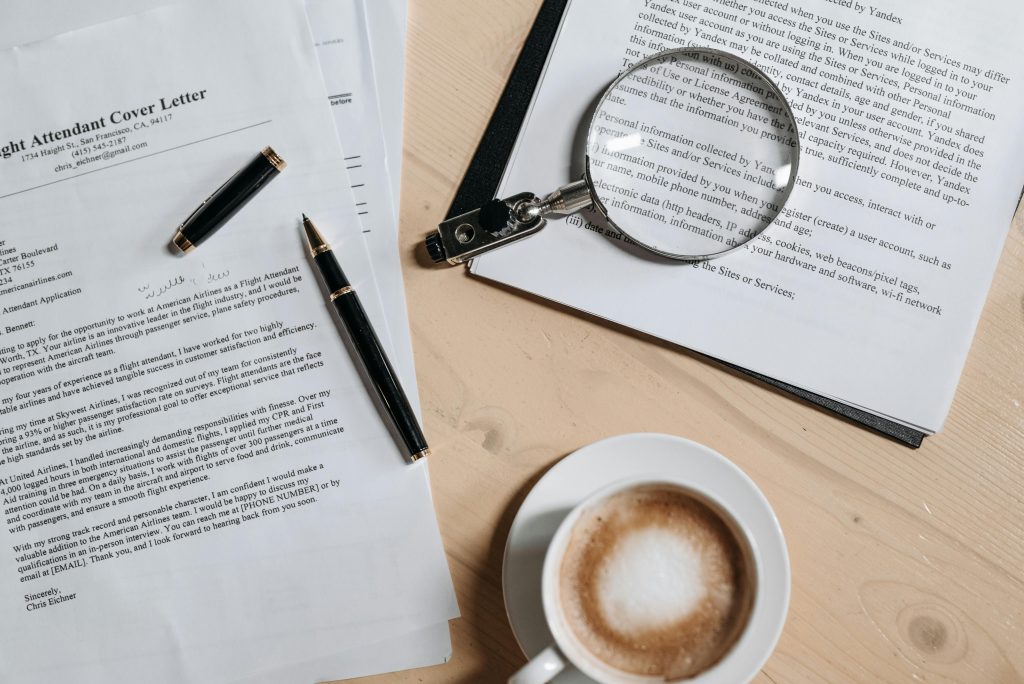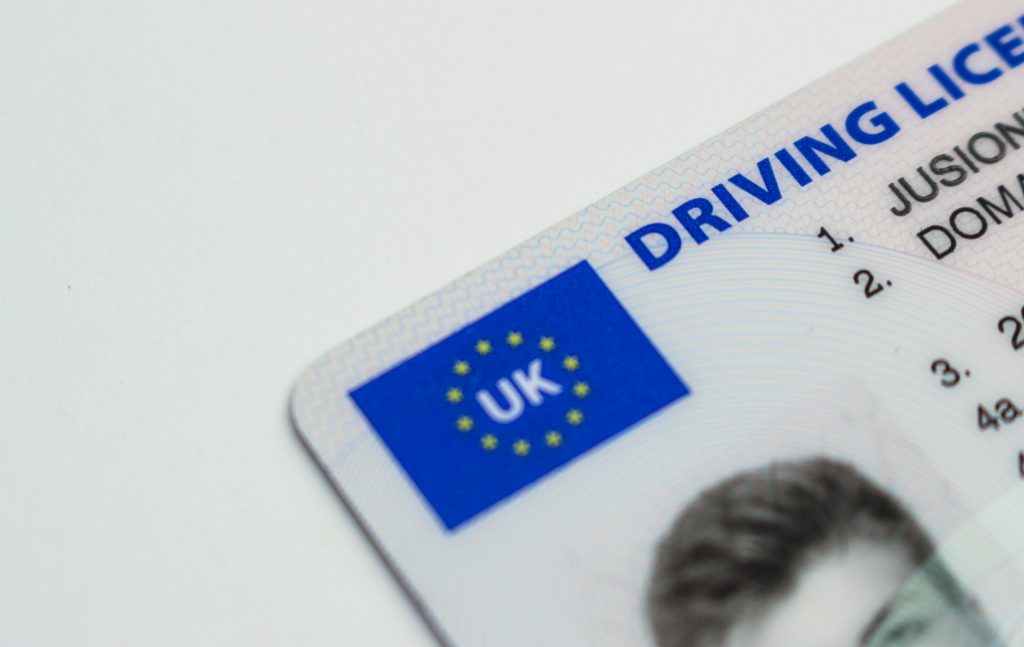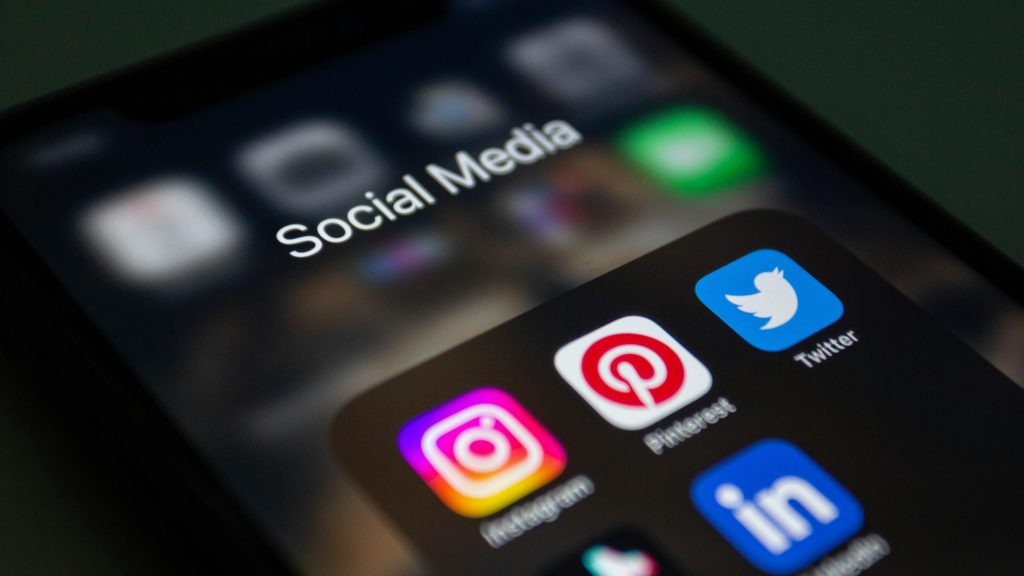A well-crafted cover letter isn’t just a formality—it’s your chance to show why you’re the best fit for a specific job. But sending the same cover letter to every employer won’t work. Recruiters want to see a letter that’s customized to their company, role, and industry. In this guide, we’ll cover step by step procedure to create a tailored cover letter to improve your job application success rate.
Why Tailored Cover Letter Increases Your Chances
In a competitive job market, it’s crucial to stand out from other applicants. A personalized and tailored cover letter shows recruiters that you’ve taken the time to understand the role and the company, increasing your chances of being considered.
The Science Behind Personalized Applications
Recruiters are inundated with applications for every open position. When they see a cover letter that is clearly tailored to their company and role, they’re more likely to take notice. Personalization creates a deeper connection with the recruiter and demonstrates your commitment to the position.
Case studies and stats reveal that personalized applications are more likely to get a response. According to a CareerBuilder survey, 45% of recruiters said they are more likely to interview candidates who submit customized cover letters. Customization proves that you’re not just applying to any job, but to a role that excites you, one that aligns with your skills and career goals.
The Biggest Mistakes Job Seekers Make When Customizing
While tailoring your cover letter is essential, there are common mistakes that can chip away at its effectiveness. The most common error is overusing generic phrases like “I’m excited to apply for this role” or “I believe I’m a good fit.” These phrases sound impersonal and don’t differentiate you from other candidates.
Another mistake is copy-pasting job descriptions into your cover letter. This might seem like a quick way to match your qualifications with the job, but it often backfires. Recruiters can easily spot these lazy attempts, and it gives the impression that you haven’t truly engaged with the specifics of the role.
Key Areas to Edit in Every Cover Letter
To ensure that your cover letter truly stands out, focus on the following areas that require customization for each application:
1. Introduction
Start by crafting a personalized introduction that reflects your enthusiasm for the specific role. Avoid generic openings like “I am writing to apply for…” Instead, reference something specific about the company or role to catch the reader’s attention. For example, if the company has recently launched an exciting product, mention how your skills align with this initiative.
2. Key Skills and Experience
Highlight the most relevant skills from the job description and showcase your achievements. Be specific about how your past work will help the company achieve its goals. Don’t just list your qualifications—demonstrate how they will solve the company’s challenges.
3. Company Research
Include specific details about the company to show that you’ve done your research. Mentioning company values, goals, or recent projects shows a deeper and clearer understanding of the company’s mission and indicates your genuine interest.
4. ATS Optimization
While personalization is essential, don’t forget to optimize for Applicant Tracking Systems (ATS). You must add relevant keywords from the job description naturally to your cover letter. ATS scans cover letters for these keywords, and having them included increases the likelihood that your application will be seen by a recruiter.
Using AI Tools for Faster Cover Letter Personalization
Customizing each cover letter by hand can be time-consuming, especially when applying to multiple jobs. Thankfully, AI-powered tools like Vionaa Cover Letter Builder can help you personalize your cover letter quickly and efficiently. These tools analyze job descriptions and suggest tailored content, speeding up the process without sacrificing quality.
However, it’s crucial that your cover letter doesn’t lose its human touch. While AI can help with structure and keyword optimization, ensure that your letter still reflects your unique voice and personality.
How AI can help:
- AI tools can analyze job descriptions for key phrases and responsibilities.
- They suggest relevant content and skills to match each job.
- You can quickly customize the suggestions to suit your style and voice, making sure the letter sounds genuine.
FAQs (SEO-Optimized for Featured Snippets)
How do I tailor a cover letter for different jobs?
Adjust the opening paragraph, key skills, and company-specific details to align with each job.
What should I change in a cover letter for every application?
Update the company name, hiring manager’s name, job title, and relevant experience.
Can I use a template and still personalize my cover letter?
Yes! Start with a strong base but customize key sections like achievements and company alignment.
Do hiring managers notice when a cover letter is generic?
Absolutely! Recruiters can quickly spot copy-paste applications, which may reduce your chances of getting an interview.
How can AI help personalize my cover letter?
AI tools like Vionaa Cover Letter Builder analyze job descriptions and suggest tailored content in seconds.
Conclusion
A tailored cover letter is your golden chance to make a long-lasting impression on recruiters and stand out from the competition. By customizing key sections like the introduction, skills, and company-specific details, you increase your chances of landing an interview. AI tools can speed up the customization process, but always ensure your letter maintains a personal touch.
Remember, a personalized cover letter shows your genuine interest in the role and demonstrates that you’ve taken the time to understand the company’s needs. By following these steps, you’ll craft a compelling cover letter that significantly improves your job application success rate.










